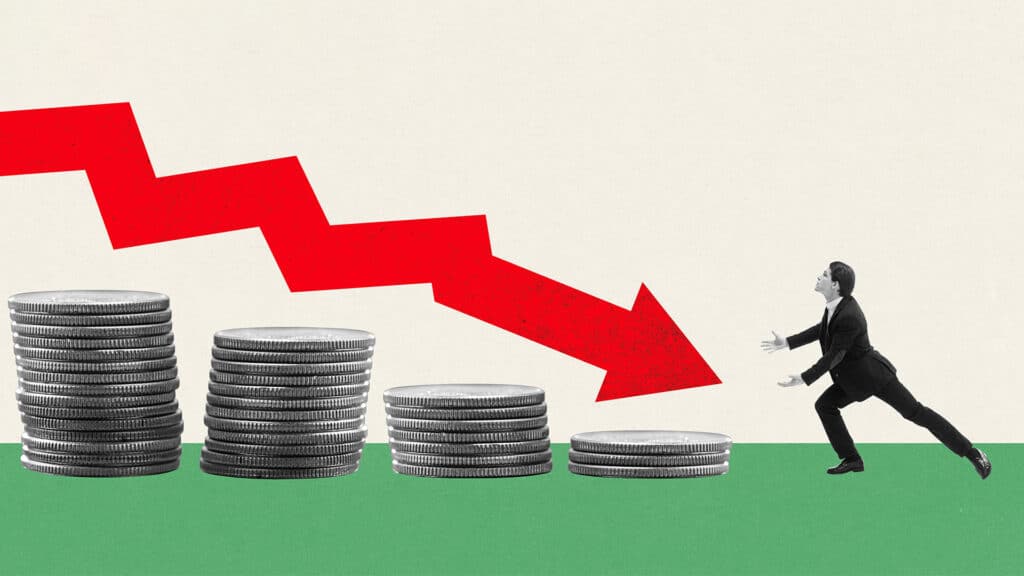High interest rate in Russia may ignite wave of bankruptcies and economic recession

According to experts from the Russia-based Center for Macroeconomic Analysis and Short-Term Forecasting (CMASF), the high base rate in Russia (21%) and the risk of its further increases may lead to an economic recession and market downturn any time soon. The CMASF is one of the leading research organizations under the Russian government.
Experts believe that raising the base rate will not effectively lower inflation while presenting substantial risks for the economy. More than 40% of Russian enterprises are unable to increase their output due to costly lending and financing shortages. Over the past several years, this rate has typically ranged from 20% to 25%.
«The number of manufacturing enterprises spending a large portion of their revenue on debt servicing (more than two-thirds of EBIT) is expected to more than double, exceeding 20% by the end of 2024 compared to 2023. This will, of course, put businesses at higher risk of corporate defaults and bankruptcy,» the CMASF stated.
Furthermore, the share of Russian companies experiencing payment defaults from their business partners rose from 20% to 37% in the third quarter. Analysts warn that the rise in mutual payment defaults not only impacts the manufacturing sector but also reduces business transparency, potentially leading to negative social consequences.
«As a result of central bank policies, the Russian economy faces the threat of stagflation — a combination of stagnation (or even recession) and high inflation. Given Russia’s unique situation, replicating the Reaganomics scenario applied in the U.S. during the 1980s is unlikely, as that strategy relied on a massive inflow of foreign capital to offset declining domestic investment,» the analysts noted.
To prevent the Russian economy from slipping into a negative trajectory, the Bank of Russia should reduce the base rate to 15% or 16% by the middle of next year.

